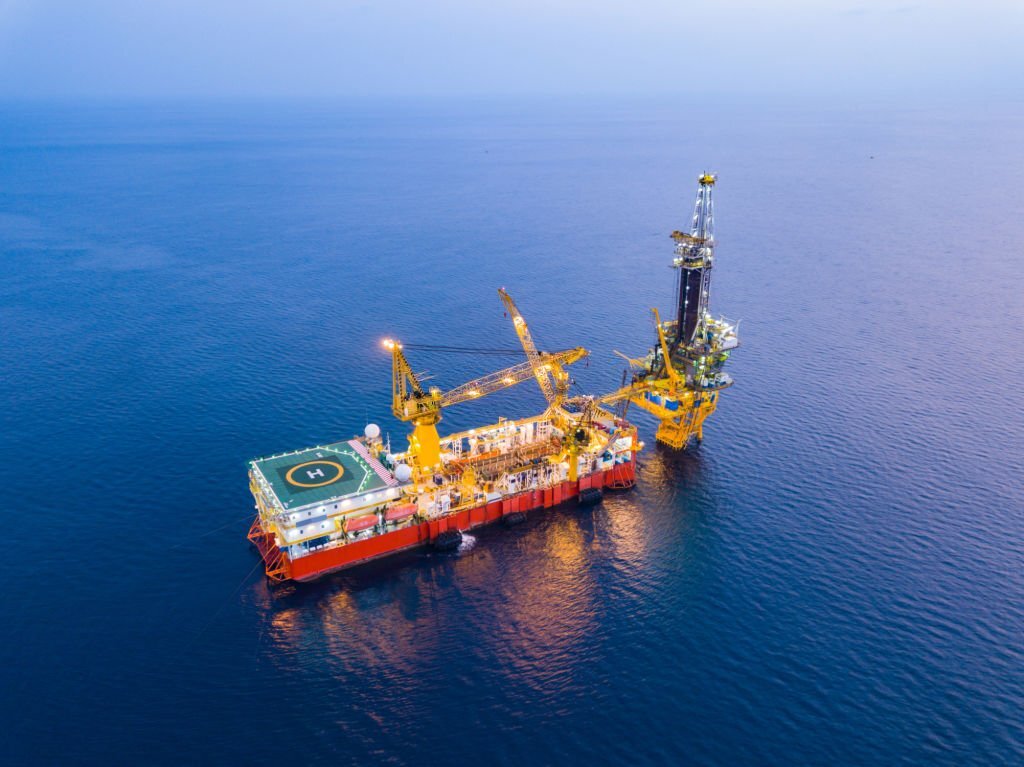
Introduction
Maritime accidents can occur unexpectedly, leading to vessel distress, cargo loss, and environmental hazards. In such critical situations, marine salvage and towing operations become imperative to minimize damage, restore safety, and protect the marine environment. These operations involve intricate coordination, technical expertise, and, most importantly, advanced marine equipment. From specialized salvage vessels to cutting-edge tools for underwater cutting and lifting, the equipment used in these operations plays a pivotal role in maritime safety and environmental preservation. This article explores the ways in which marine equipment aids in marine salvage and towing operations, highlighting their critical role in safeguarding our oceans and maritime trade.
Understanding Marine Salvage and Towing Operations
- Marine Salvage: Salvage operations involve rescuing vessels in distress, recovering cargo, preventing environmental pollution, and mitigating maritime hazards. Salvors use advanced equipment to stabilize vessels, remove wreckage, and restore navigational safety.
- Towing Operations: Towing operations entail moving disabled or stranded vessels to safety, often requiring powerful tugboats and specialized equipment. These operations are critical for preventing collisions, grounding incidents, and further accidents.
Essential Marine Equipment for Salvage and Towing
- Salvage Vessels and Tugboats
- Specialized Salvage Vessels: Equipped with cranes, winches, and heavy-lifting capabilities, salvage vessels are designed to handle complex wreck removal and cargo recovery tasks.
- Powerful Tugboats: Tugboats provide the necessary propulsion and towing force to maneuver and relocate distressed vessels, preventing further damage and ensuring safety.
- Underwater Cutting and Welding Equipment
- Hydraulic Cutting Tools: Salvage crews use hydraulic shears and cutting torches to remove debris, mangled metal, and obstructions from vessels and wrecks.
- Underwater Welding: Underwater welders repair damaged hulls and structures to stabilize vessels, preparing them for towing or removal.
- Salvage Pumps and Water Removal Systems
- Submersible Pumps: These pumps are used to remove water from flooded compartments, stabilizing vessels and reducing the risk of sinking.
- Oil Removal Systems: In salvage operations involving vessels carrying hazardous cargo, specialized systems are deployed to prevent oil spills and pollution.
- Lifting and Rigging Gear
- Heavy-Duty Cranes: Salvage vessels are equipped with cranes capable of lifting large debris, cargo, and wreckage from the seabed.
- Diving Support Equipment: Divers utilize lifting bags, slings, and rigging gear to attach and hoist submerged objects.
Advanced Technologies in Marine Salvage
- Remote Operated Vehicles (ROVs)
- Underwater Surveys: ROVs equipped with cameras and sensors provide real-time visual assessments of wreck conditions, guiding salvage plans.
- Wreckage Documentation: High-resolution imagery captured by ROVs aids in creating detailed documentation for insurers and authorities.
- Sonar Imaging and 3D Scanning
- Sonar Surveys: Side-scan and multibeam sonars create detailed underwater maps, enabling precise navigation during salvage and towing operations.
- 3D Scanning: Laser and photogrammetric scanning technologies help salvage teams understand wreck layouts and plan effective recovery strategies.
Environmental Considerations and Safety Protocols
- Environmental Protection
- Oil Spill Response: Salvage operations involving vessels carrying oil or hazardous materials prioritize oil containment and spill response equipment.
- Eco-Friendly Practices: Salvage teams work to minimize the environmental impact of operations by adhering to waste disposal regulations.
- Safety Precautions
- Personnel Safety: Advanced personal protective equipment (PPE) ensures the safety of salvage crew members working in hazardous conditions.
- Risk Assessment: Salvage and towing operations involve thorough risk assessments to ensure the safety of crew, vessels, and the environment.
Case Studies: Notable Salvage and Towing Operations
- Costa Concordia Salvage: The successful removal of the Costa Concordia, a cruise ship that ran aground off Italy, showcased the complexities and advancements in modern salvage operations.
- Golden Ray Wreck Removal: The cutting-edge approach to dismantling and removing the capsized car carrier Golden Ray from St. Simons Sound, Georgia, highlighted the role of technology in challenging salvage scenarios.
Future Trends and Challenges
- Incorporating AI and Robotics: The integration of artificial intelligence and robotics is expected to enhance the efficiency and safety of salvage and towing operations.
- Sustainable Salvage: The maritime industry is moving towards sustainable salvage practices to minimize environmental impact and promote responsible wreck removal.
- Regulatory Frameworks: Developing standardized guidelines and regulations for salvage and towing operations will ensure consistent safety practices across the industry.
Conclusion
Marine salvage and towing operations are a testament to human ingenuity and determination in the face of maritime emergencies. Advanced marine equipment and technology have reshaped the way these operations are conducted, enabling quicker response times, enhanced safety measures, and more effective recovery strategies. As the maritime industry continues to evolve, the equipment and technologies utilized in salvage and towing operations will play a critical role in safeguarding our oceans, preserving maritime trade routes, and ensuring the safety of maritime communities around the world.

